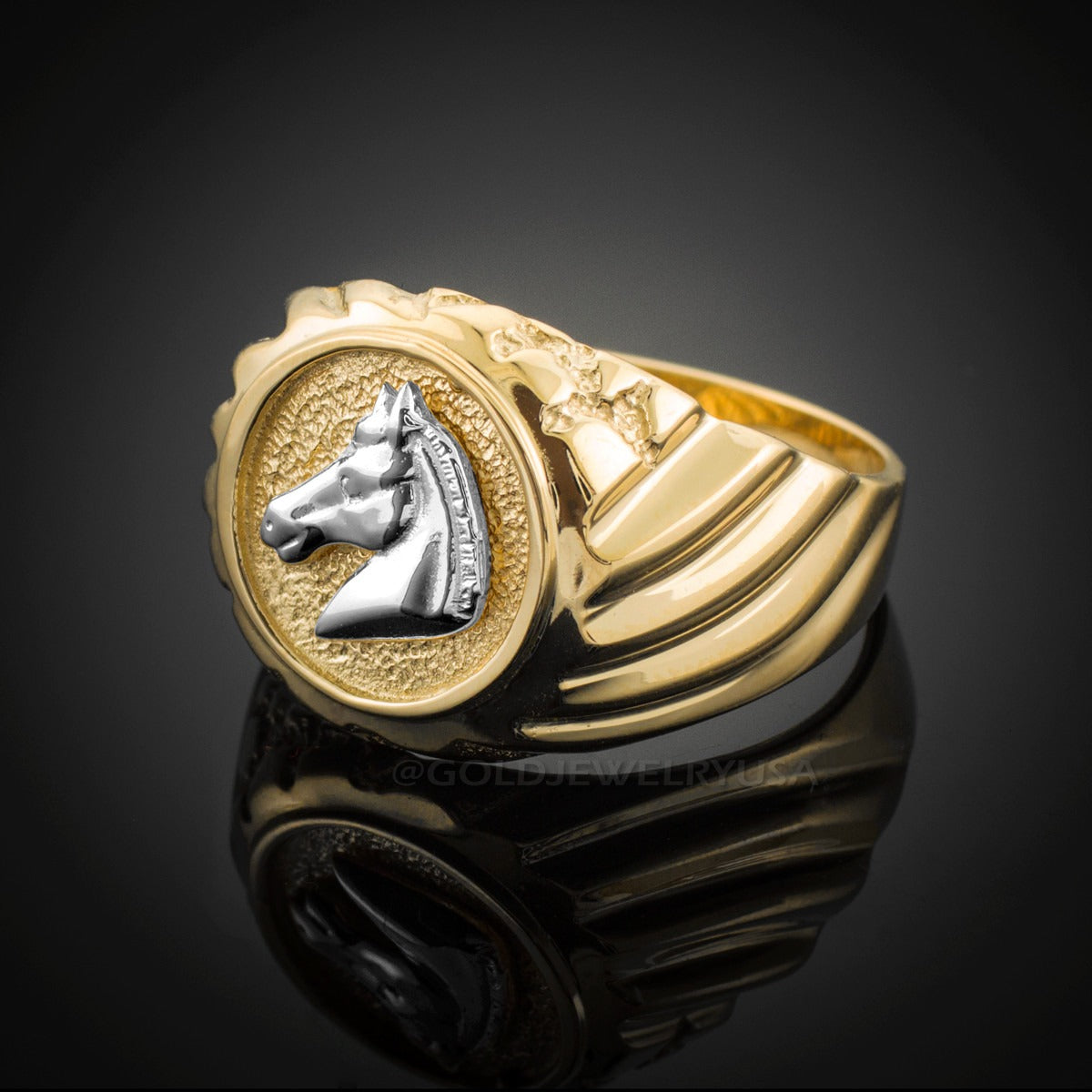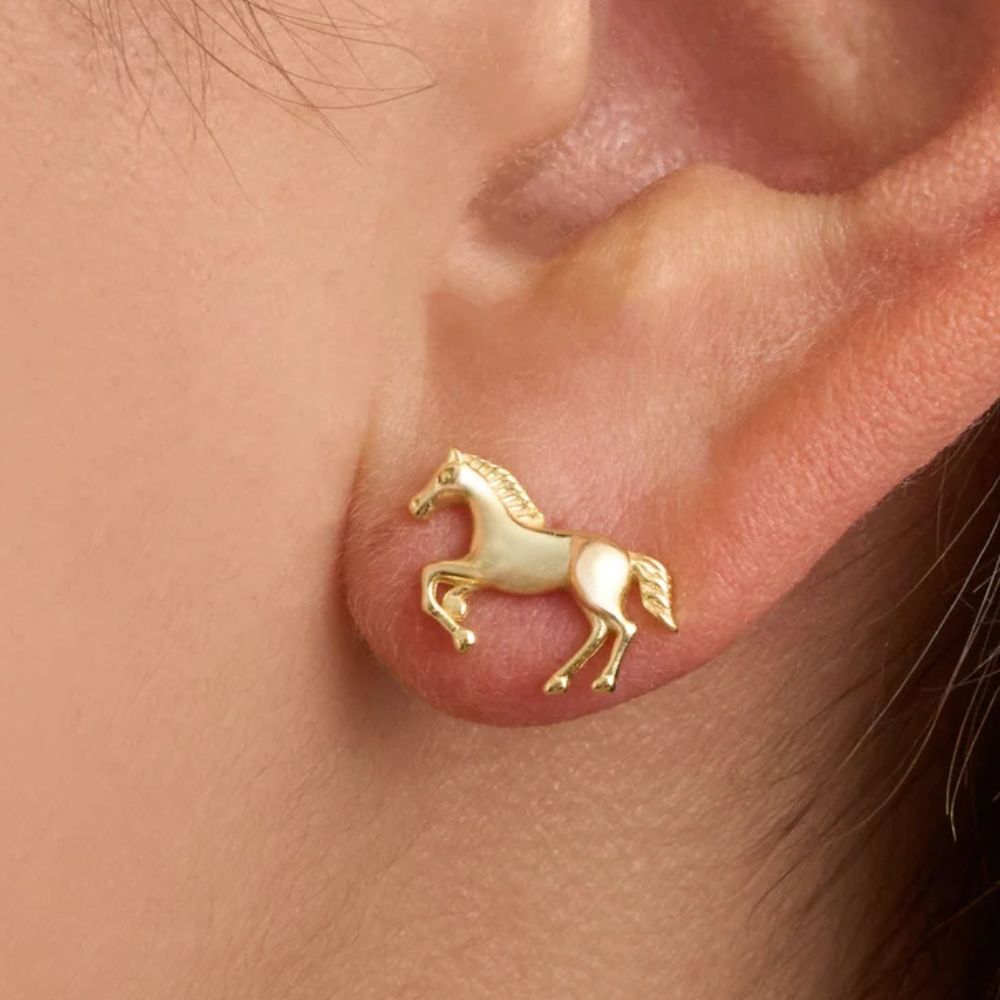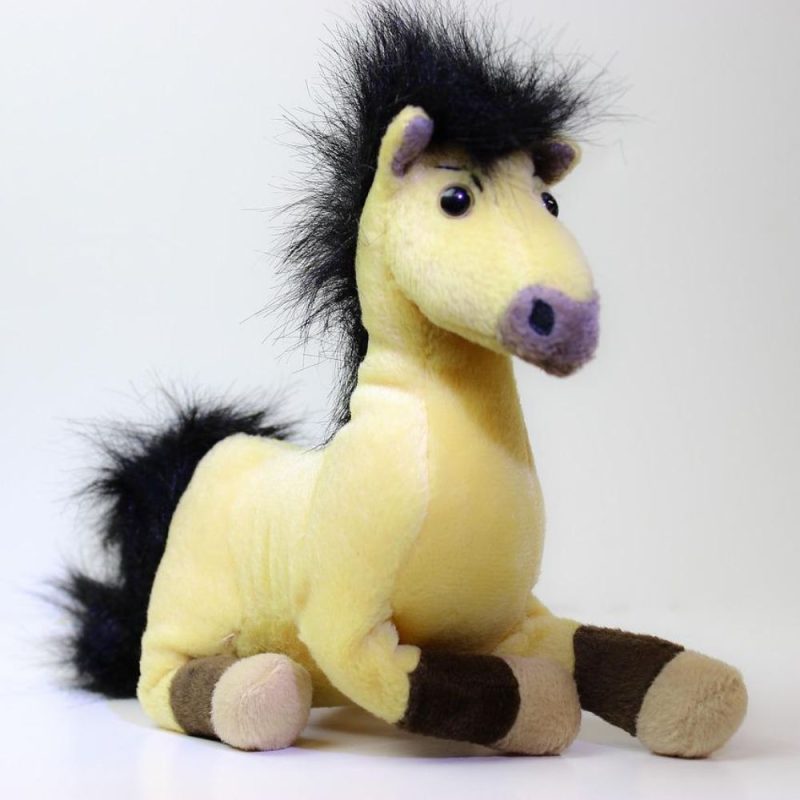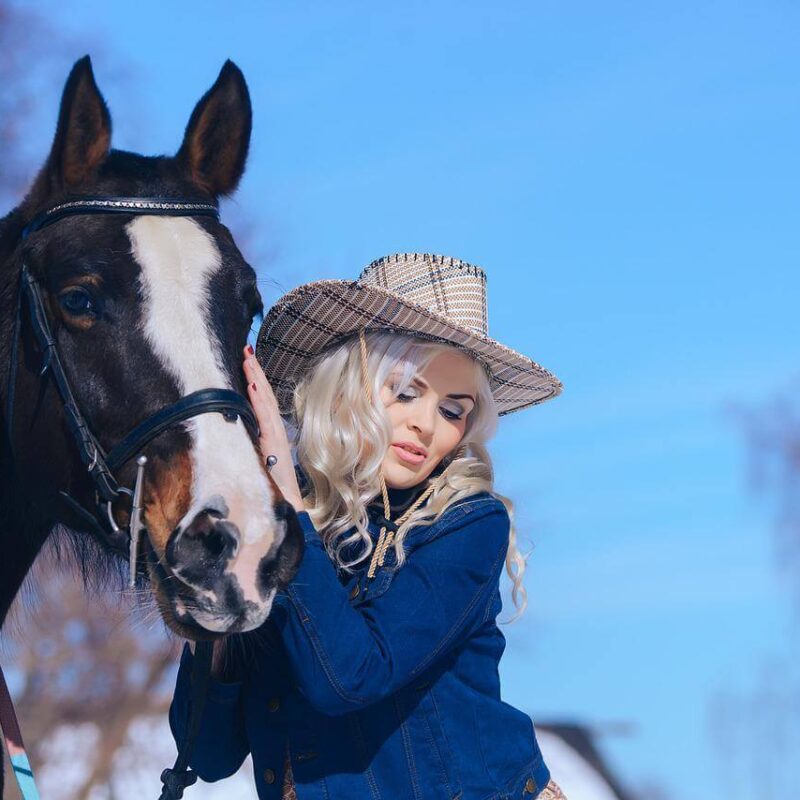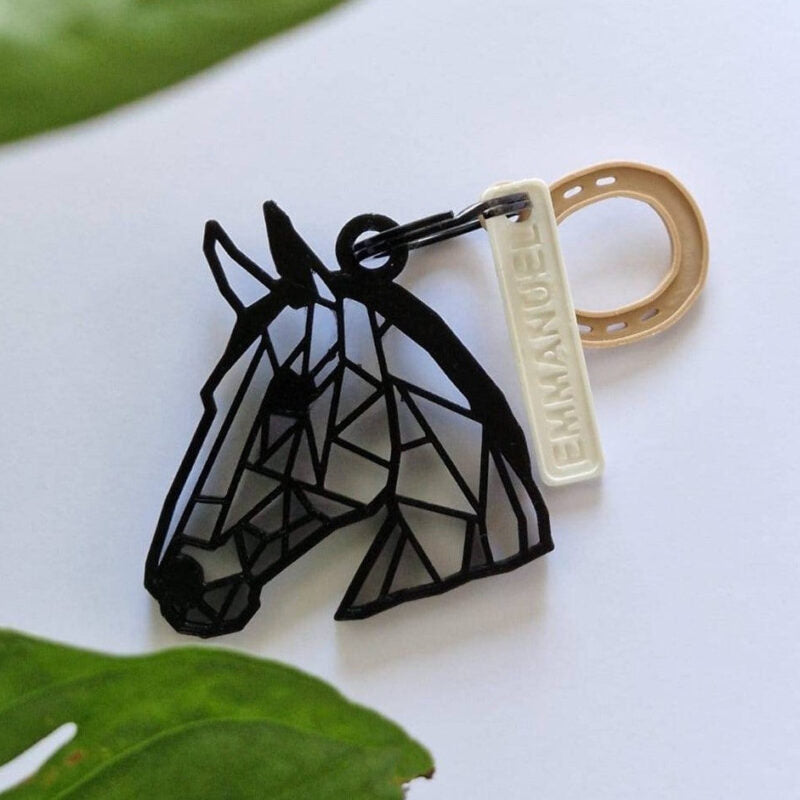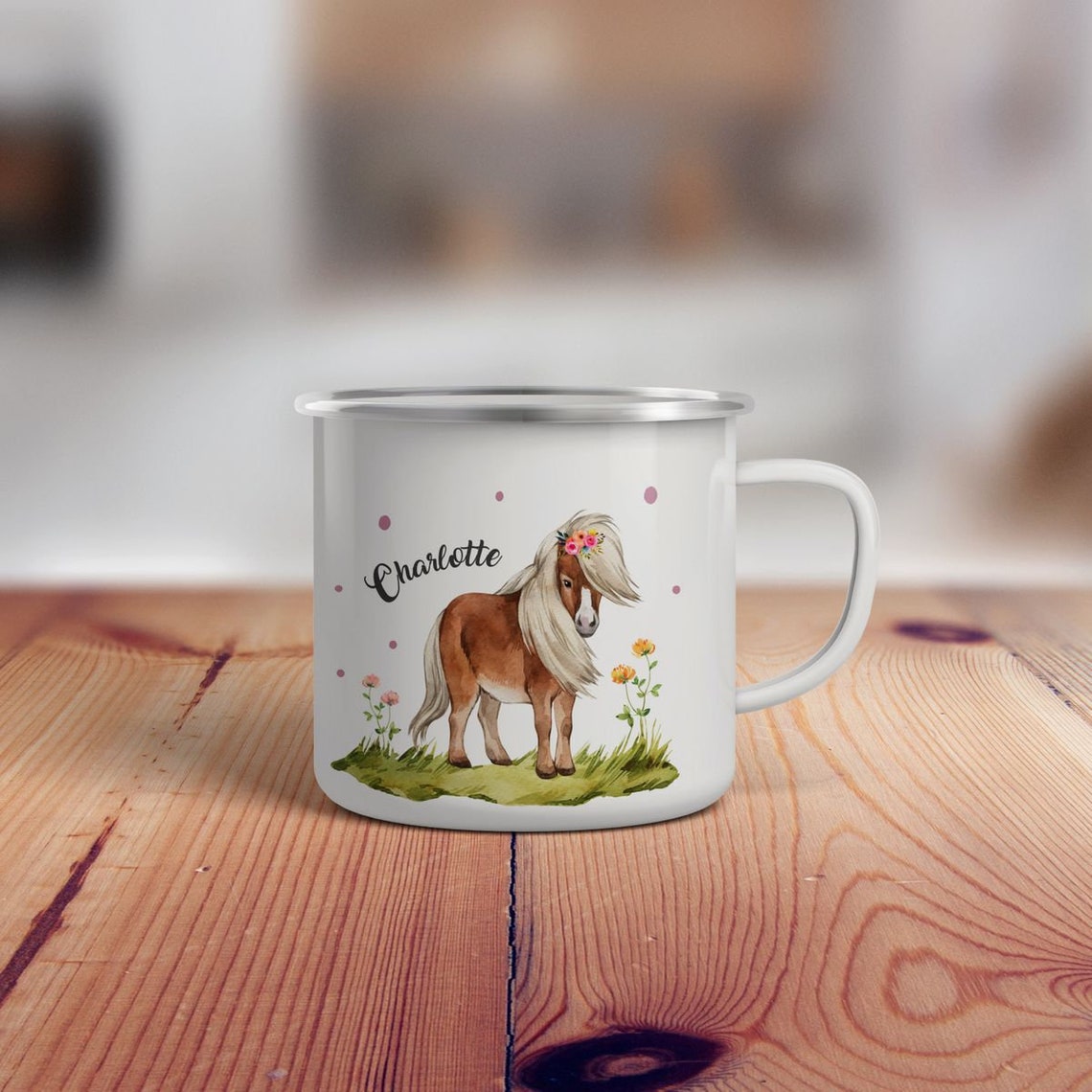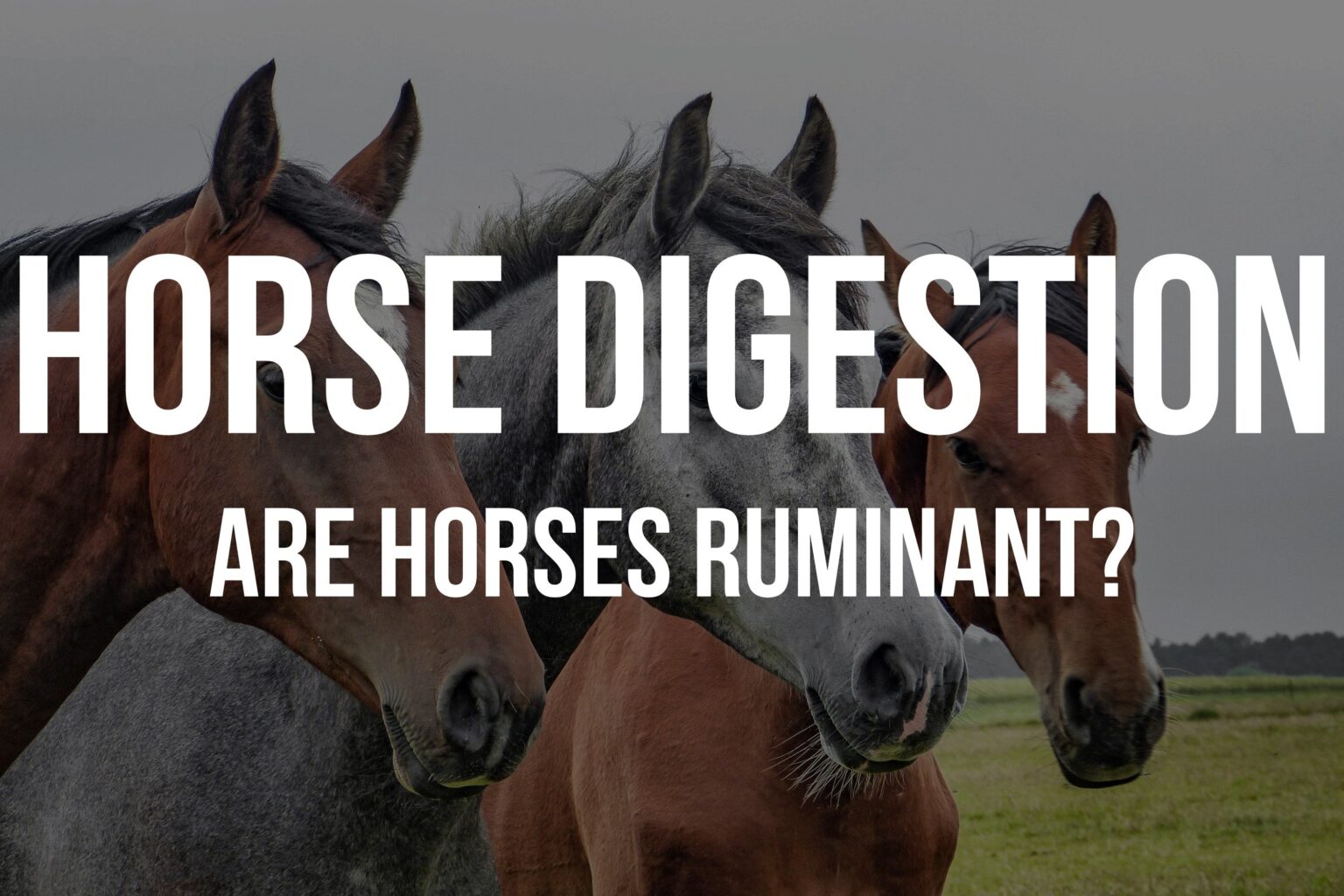
Are Horses Ruminant Animals?
Horses have long been admired for their grace, strength, and remarkable ability to form bonds with humans. However, when it comes to their digestive systems, there has been a persistent debate surrounding the question: are horses ruminant animals? In this article, we delve into the depths of equine digestion to uncover the truth behind this intriguing query.
Chapter 1: Understanding Digestive Systems
To comprehend the nature of horse digestion, it is important to have a foundational understanding of digestive systems in general. Digestion is a remarkable process that allows organisms to break down food and extract vital nutrients necessary for energy and growth. While there are variations in digestive systems among different animals, horses fall into a category known as “hindgut fermenters.”
Digestive systems can be broadly classified into three main types: monogastric, ruminant, and hindgut fermenters. Monogastric animals, like humans and dogs, have a single-chambered stomach. Ruminant animals, such as cows, goats, and sheep, possess a specialized compartment called the rumen, where microbial fermentation occurs. Hindgut fermenters, which include horses and rabbits, have a unique digestive system where fermentation primarily takes place in the large intestine, particularly the cecum.
In the case of horses, their digestive journey begins in the mouth, where they use their lips and teeth to grasp and chew their food. The saliva produced during chewing aids in the initial breakdown of carbohydrates. From the mouth, the food travels down the esophagus, a muscular tube that connects the mouth to the stomach.
Once in the stomach, the food encounters gastric juices, which contain enzymes and acids that further break down proteins and begin the process of chemical digestion. However, unlike ruminants, the horse’s stomach is relatively small and represents a minor site for digestion.
The next major stop in the equine digestive system is the small intestine, where most of the nutrient absorption takes place. Here, the breakdown of carbohydrates, proteins, and fats occurs with the help of digestive enzymes produced by the pancreas and bile from the liver.
After passing through the small intestine, the remaining indigestible material, including fiber and some nutrients, proceeds into the large intestine. This is where the cecum, colon, and rectum reside. In horses, the cecum is particularly crucial to the digestive process.
The cecum, a large fermentation vat, allows for the breakdown of fiber and the synthesis of essential nutrients by microorganisms, such as bacteria and protozoa. This microbial fermentation process enables horses to extract energy from cellulose-rich plant materials that other animals cannot efficiently digest.
In summary, horses possess a unique digestive system known as hindgut fermentation. While their stomach plays a minor role in digestion, the cecum in the large intestine is vital for breaking down fiber and extracting nutrients. Understanding the intricacies of horse digestion is crucial for providing appropriate nutrition and maintaining their overall health and well-being. In the following chapters, we will explore the equine digestive system in more detail, debunking the myth of horses being ruminant animals and shedding light on the significance of the cecum in their digestive process.
➤ Also Read: How Many Stomachs Does a Horse Have?
Chapter 2: Debunking the Ruminant Myth
There has been a prevailing misconception that horses belong to the category of ruminant animals. However, a closer examination of their digestive system reveals that this assumption is far from the truth. To dispel the ruminant myth surrounding horses, we need to explore the distinctive features of their digestive anatomy and processes.
Unlike ruminants such as cows, goats, and sheep, horses lack a specialized compartment called the rumen. The rumen is a large fermentation chamber in ruminant animals where microbial fermentation takes place. Instead, horses possess a large cecum, which plays a pivotal role in their digestion.
The cecum is a pouch-like structure located at the junction of the small and large intestines in horses. It acts as a fermentation vat, hosting a complex microbial population that aids in the breakdown of fiber and the synthesis of essential nutrients. While ruminants rely on the rumen for the initial stages of fermentation, horses’ digestive process primarily occurs within the cecum.
One significant difference between ruminants and horses is the way in which their digestive systems handle fermentation. Ruminants have a multi-chambered stomach, allowing them to regurgitate and re-chew their food, a process known as rumination. Horses, on the other hand, lack this ability and instead have a one-way digestive system.
In horses, the food travels from the mouth, down the esophagus, and into the stomach, where initial digestion occurs. From there, it progresses into the small intestine, where nutrient absorption takes place. The remaining undigested material then enters the cecum, where the fermentation process begins. The cecum acts as a fermentation chamber, breaking down complex carbohydrates and fibrous materials with the help of microbial populations.
This unique digestive adaptation allows horses to efficiently extract energy from cellulose-rich plant materials, making them well-suited for grazing and herbivorous diets. The cecum serves as a crucial organ in their digestion, helping them derive essential nutrients from forage and maintaining a healthy metabolic balance.
It is important to note that while horses are not classified as ruminants, their digestive systems share similarities with both ruminants and monogastric animals, such as humans and dogs. This distinction highlights the fascinating diversity of digestive adaptations in the animal kingdom.
Add a touch of elegance to your style with our stunning horse-themed jewelry collection! Explore our exquisite Horse Jewelry and Equestrian Jewelry for timeless pieces that celebrate your love for horses. Find the perfect Horse Necklace to complement your look or elevate your accessories with a luxurious Gold Horse Pendant. For a unique touch, check out our Horseshoe Jewelry, or slip on a stunning Horse Ring or Horseshoe Ring. If you’re looking for something extra special, a Gold Horseshoe Ring will add a refined and meaningful touch. Find your perfect accessory today and showcase your equestrian spirit!
Chapter 3: Inside the Equine Digestive System
To truly grasp the intricacies of horse digestion, we must embark on a journey through the various stages of their remarkable digestive system. From the moment food enters a horse’s mouth to its eventual excretion, a series of fascinating processes take place to ensure optimal nutrient absorption and energy extraction.
Mouth and Esophagus
The journey begins in the horse’s mouth, where the food is initially broken down through chewing and mixed with saliva. Horses possess strong, grinding teeth that efficiently crush and grind plant material. Their saliva contains enzymes that aid in the digestion of starches. Once thoroughly masticated, the food forms into a bolus and is swallowed, passing down the esophagus toward the stomach.
Stomach and Small Intestine
Upon reaching the stomach, the food encounters gastric acid and digestive enzymes, which further break down the components. Unlike ruminant animals with multiple stomach compartments, horses have a simple, single-chambered stomach. This means that the stomach’s capacity is relatively limited compared to ruminants.
From the stomach, the partially digested food moves into the small intestine, where the majority of nutrient absorption occurs. Enzymes produced by the pancreas and the intestinal lining aid in breaking down carbohydrates, proteins, and fats into smaller molecules that can be absorbed through the intestinal wall. These nutrients are then transported into the bloodstream, providing the horse with the energy it needs to thrive.
Large Intestine: The Power of Fermentation
The remaining undigested food, including fibrous plant material, progresses into the large intestine. This region of the digestive system consists of the cecum, colon, and rectum. It is here that the true magic of horse digestion takes place.
The cecum, a sac-like structure, serves as a fermentation vat. It houses trillions of beneficial microorganisms, including bacteria and protozoa, that work symbiotically with the horse to break down cellulose and other complex carbohydrates. These microorganisms produce enzymes capable of degrading fibrous material, allowing horses to extract valuable nutrients from plant cell walls that would otherwise remain indigestible.
Through the process of fermentation, volatile fatty acids (VFAs) are produced. VFAs serve as an essential energy source for horses, supplying up to 70% of their daily energy requirements. This unique adaptation enables horses to thrive on diets consisting primarily of roughage, such as grass and hay.
The colon and rectum continue the absorption of water and electrolytes from the digesta, ensuring that the horse maintains proper hydration and electrolyte balance.
The Importance of Fiber
Fiber plays a vital role in the equine diet, serving as the primary source of energy for horses. The fermentation of fiber in the cecum and colon produces VFAs, providing a slow and steady release of energy. Fiber also promotes gut motility, preventing the development of digestive issues such as impaction colic.
It is crucial to provide horses with a sufficient amount of high-quality fiber in their diet. This can be achieved through access to pasture grazing, hay, or other forage sources. Proper fiber intake ensures the health and optimal function of the horse’s digestive system.
Understanding the inner workings of the equine digestive system allows us to appreciate the incredible adaptation of horses as herbivores. Their ability to efficiently extract energy from fibrous plant material through the process of fermentation in the cecum sets them apart from ruminant animals. By providing them with a diet rich in fiber and maintaining proper feeding practices, we can support their digestive health and overall well-being.
Chapter 4: Cecum: The Key to Horse Digestion
When it comes to understanding horse digestion, one cannot overlook the significance of the cecum. The cecum is a large, pouch-like structure located at the junction of the small and large intestines. It plays a crucial role in the horse’s digestive process, enabling them to efficiently extract energy from plant materials and sustain their herbivorous lifestyle.
Structure and Function of the Cecum
The cecum is a remarkable organ, capable of holding up to 30 liters of material in an average-sized horse. Its capacity allows for the breakdown of fibrous plant materials that would otherwise be indigestible. The cecum is home to trillions of beneficial microbes, including bacteria, protozoa, and fungi, which play a pivotal role in the fermentation process.
Fiber Fermentation in the Cecum
One of the primary functions of the cecum is to facilitate the breakdown of complex carbohydrates, such as cellulose and hemicellulose, found in the fibrous portion of a horse’s diet. These fibrous materials are resistant to digestion by the horse’s own enzymes, but the microorganisms residing in the cecum possess the necessary enzymes to break them down.
As the fibrous plant material enters the cecum, the microorganisms start fermenting it. This fermentation process involves the breakdown of complex carbohydrates into simpler molecules, such as volatile fatty acids (VFAs), which can be absorbed and utilized by the horse as a source of energy. The VFAs provide the horse with a significant portion of its energy requirements.
Fiber Fermentation and Nutrient Synthesis
Apart from energy production, the cecum also acts as a site for nutrient synthesis. The microorganisms within the cecum can synthesize certain essential nutrients, including B vitamins and some amino acids. This symbiotic relationship between the horse and the microorganisms allows horses to derive additional nutrients from their fibrous diet.
Importance of Fiber in the Equine Diet
To ensure proper cecal function and overall digestive health, it is vital to provide horses with an adequate amount of fiber in their diet. Fiber-rich forages, such as grass and hay, are essential for stimulating cecal activity and maintaining optimal microbial populations in the cecum. Insufficient fiber intake can lead to digestive issues, including an increased risk of colic and other gastrointestinal disorders.
Implications for Feeding Practices
Understanding the role of the cecum in horse digestion has significant implications for feeding practices. Horses are naturally grazing animals, evolved to consume fibrous plant material consistently throughout the day. Mimicking this natural feeding behavior by providing horses with access to pasture or frequent forage meals helps maintain a healthy cecal environment.
It is important to note that sudden dietary changes, especially when transitioning from a fiber-rich diet to one high in concentrates or grain, can disrupt the delicate balance of the cecum. Such changes may increase the risk of digestive upsets, including colic. Therefore, any alterations to a horse’s diet should be done gradually to allow the microbial population in the cecum to adapt accordingly.
Incorporating the Cecum in Equine Management
Understanding the importance of the cecum empowers horse owners and caretakers to make informed decisions regarding their horses’ dietary needs. Ensuring a diet that includes sufficient fiber, providing access to pasture or consistent forage, and implementing gradual dietary changes can promote optimal cecal function and overall digestive health.
By recognizing the key role played by the cecum in horse digestion, we can appreciate the incredible adaptability of these animals as herbivores. The symbiotic relationship between horses and the microbial population within their cecum allows them to thrive on a fibrous diet and underscores the importance of providing them with the appropriate nutrition for a healthy and balanced life.
Chapter 5: Unique Challenges and Considerations
While horses possess a remarkable digestive system, there are several unique challenges and considerations that owners and caretakers should be aware of to maintain optimal equine health. Understanding these factors can help prevent digestive disorders and ensure the overall well-being of these magnificent creatures.
Dietary Considerations: Horses have evolved as grazing animals, naturally adapted to a diet consisting mainly of forage. Therefore, it is crucial to provide horses with a diet that mimics their natural feeding habits. Adequate fiber intake is essential to promote proper digestion and prevent issues such as colic and gastric ulcers. Offering high-quality grass hay or pasture access is ideal for meeting their forage needs. However, if pasture or hay quality is insufficient, alternative fiber sources such as hay cubes or pellets can be considered.
Avoid Rapid Diet Changes: Horses have sensitive digestive systems that can be easily disrupted by sudden changes in diet. When transitioning to a new type of feed or forage, it is important to introduce it gradually over a period of several days or weeks. This allows the horse’s digestive system to adjust and reduces the risk of digestive upset.
Grain Intake Moderation: While horses can consume grains, it is essential to exercise caution and moderation. Feeding excessive amounts of grain can lead to digestive disorders such as colic, laminitis, and gastric ulcers. Grain should be used as a supplement rather than a primary source of nutrition. Consulting with an equine nutritionist can help determine the appropriate amount and type of grain based on the horse’s individual needs, workload, and overall health.
Proper Hydration: Maintaining proper hydration is vital for equine digestive health. Horses should always have access to clean, fresh water. Insufficient water intake can result in impaction colic and other digestive complications. During hot weather or increased physical activity, horses may require additional water to compensate for fluid loss through sweating.
Regular Dental Care: Proper dental health is crucial for effective digestion. Horses’ teeth continuously erupt throughout their lives, and irregular wear or dental abnormalities can hinder their ability to chew and break down food properly. Routine dental check-ups and floating (smoothing) of sharp edges should be conducted by a qualified equine dentist or veterinarian to ensure the horse’s teeth are in optimal condition for efficient digestion.
Exercise and Turnout: Regular exercise and access to turnout are important for maintaining a healthy digestive system. Exercise promotes natural gut motility and can help prevent issues like impaction colic. Turnout allows horses to graze, move, and exhibit natural behaviors, which aids in maintaining a balanced digestive system.
Stress Management: Horses are sensitive animals, and stress can have a significant impact on their digestive health. Stressful situations such as transportation, changes in environment, or social dynamics can disrupt normal digestion. Minimizing stressors and providing a consistent and calm environment can help support optimal digestive function.
Frequently Asked Questions
Are horses classified as ruminants? No, horses are not ruminant animals. They are hindgut fermenters with a large cecum, unlike ruminants that possess a specialized compartment called the rumen.
Why is the cecum important for horses? The cecum plays a vital role in horse digestion. It allows for the fermentation and breakdown of fiber, enabling horses to extract energy from plant materials efficiently.
Can horses consume grain? While horses can consume grain, it should be done in moderation. Rapid changes in diet and excessive grain intake can lead to digestive disorders like colic.
What are the common digestive disorders in horses? Common digestive disorders in horses include colic and laminitis. These can be caused by factors such as improper diet, inadequate fiber intake, or sudden changes in feeding practices.
How can I ensure a healthy digestive system for my horse? To maintain a healthy equine digestive system, provide a balanced diet with adequate fiber, avoid sudden dietary changes, and ensure access to clean water at all times.
In conclusion, horses are not ruminant animals but instead possess a unique digestive system characterized by hindgut fermentation. Understanding the intricacies of equine digestion is essential for ensuring the health and well-being of these magnificent creatures. By optimizing their diets and providing proper care, we can support their remarkable digestive capabilities and enjoy their companionship for years to come.









